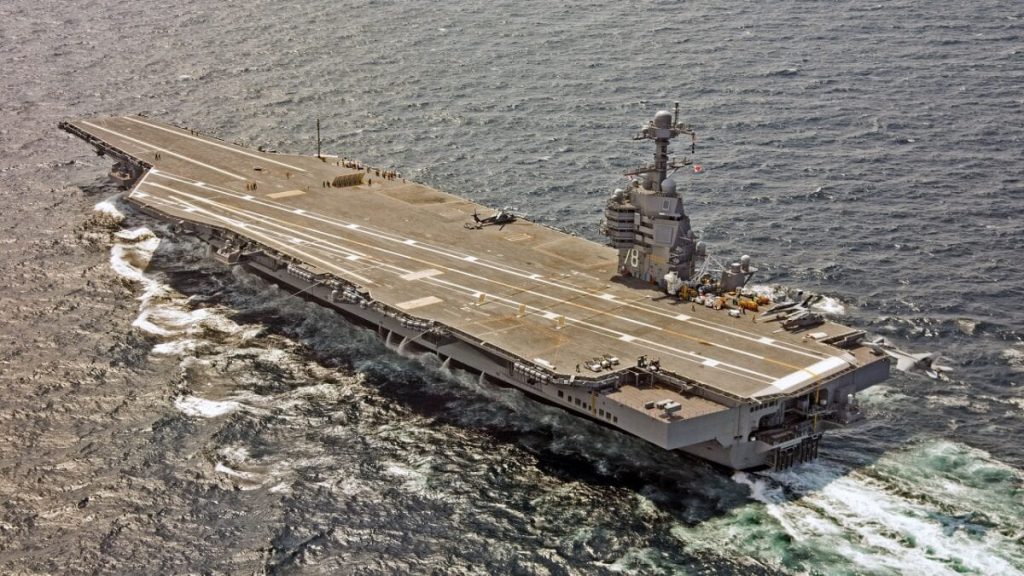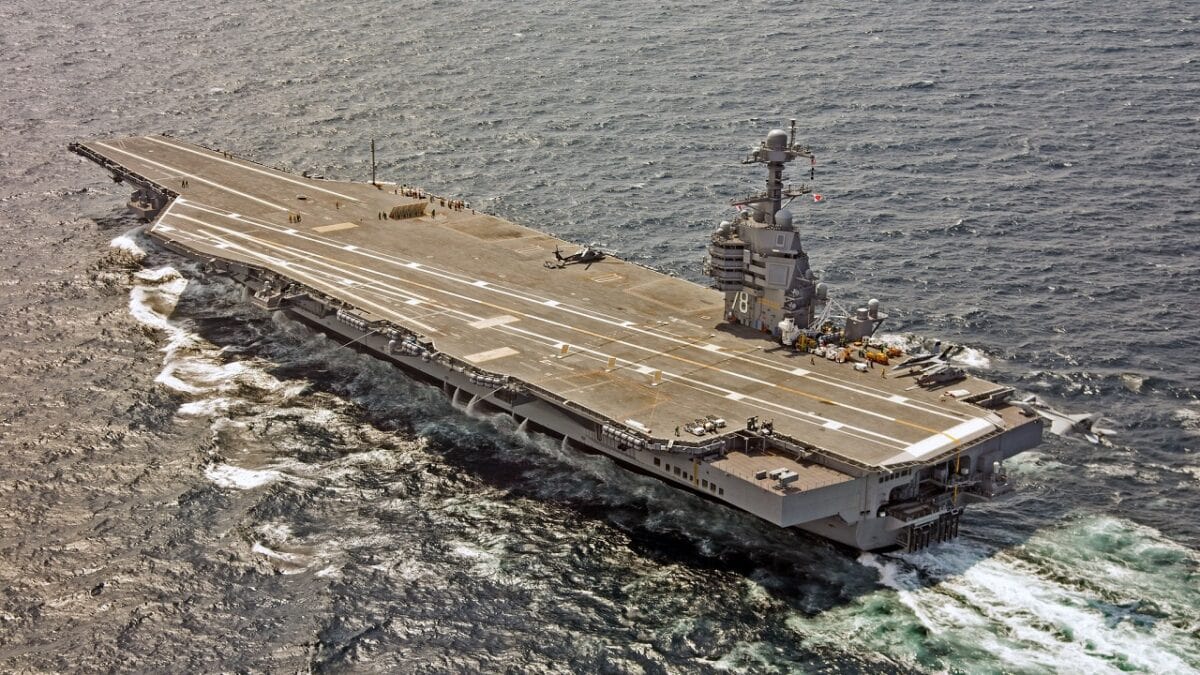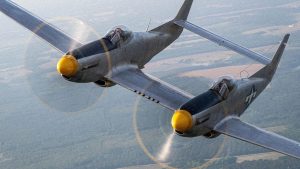
“There are now 47 operational aircraft carriers in the world, which are managed by fourteen nations and include amphibious assault ships (LHA). The United States Navy, which operates eleven nuclear-powered CATOBAR carriers, including 10 Nimitz-class and one Gerald R. Ford-class, employs more than a third of the flattops.
The US Navy also runs two of the intended eleven America-class LHAs, seven Wasp-class ships, and one America-class LHA that was extensively damaged by fire and retired last year.
Future carriers of the Gerald R. Ford class, which are more autonomous in an attempt to lower the funds needed to maintain and run the vessels, will likewise be brought into service and replaced one-for-one by the present US fleet of Nimitz-class carriers.
The Navy announced its desire to retain a 12 CVN force as part of its 30-year purchase strategy in its 2018 report to Congress.
For the last 100 years, carriers have been a vital part of the Navy. Here are some statistics about carriers.
USS Langley (CV-1, subsequently AV-3) served as the US Navy’s first aircraft carrier when she was commissioned in March 1922 after being converted from the collier USS Jupiter. She was the first American battleship to be driven by electric motors, and while serving in the Pacific, she served as a testing ground for carrier operation procedures and tactics.
She was given a new classification as an AV-3 seaplane tender and continued to serve throughout World War II. She was attacked by Japanese aircraft in February 1942 while bringing American Army P-40s to the Dutch East Indies, and her accompanying destroyers sank her.
Despite operating more carriers than any other country, the US Navy formerly used an astounding number of flattops. One hundred fifty-five aircraft carriers, including 122 escort vessels, were built during the Second World War.
USS Enterprise (CVN-65) entered service as the first nuclear-powered aircraft carrier on November 25, 1961, in Newport News, Virginia. From May to October 1964, she participated in the nuclear-task force Operation Sea Orbit alongside the USS Bainbridge (DLGN-25) and the USS Long Beach (CGN-9), circumnavigating the world without refuelling. The “Big-E” participated in combat operations for the first time in Vietnam, and she later served in the Iraq War. After the wooden-hulled USS Constitution and the USS Pueblo, Enterprise was the third-oldest commissioned ship in the US Navy at the time of her deactivation (AGER-2).
There are now five US Navy aircraft carriers preserved as museum ships, including the flagship ship of the late-World War II class of pages, USS Midway (CV-41), and four Essex-class carriers: USS Yorktown (CV-10), USS Intrepid (CV-11), USS Hornet (CV-12), and USS Lexington (CV-16).
It seems improbable that another US flattop will be maintained as a museum given the decommissioning and expected destruction of USS Kitty Hawk (CV-63) and USS John F. Kennedy (CVN-67), the last two US Navy conventionally powered carriers. The ships were sold for a mere penny apiece despite attempts to preserve them.
Similar appeals were made to rescue CVN-65, but ultimately it was decided that the effort would be too costly and challenging.






